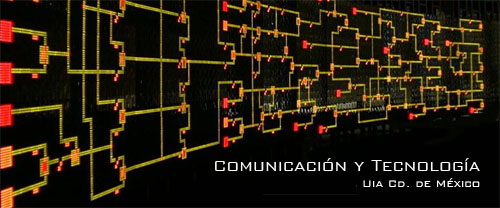"Heredity provides for the modification of its own machinery" (James Mark Baldwin)
+ Media are experienced and studied as historical subjects
+ New Media Publics: 1878, Tinfoil
"Gathering up and retaining of sounds hitherto fugitive, and their later reproduction at will" Edison, 1878
- Two tropes for understanding media: Inscription & Personification (Lastra, 2000)
"When media emerge, they help construct publics and the public life, and has strong implication for the operation of the public memory, its mode and substance" (26)
- Connection between print and fact: Enlightment Logic [Focault, autoría]
"New media emerge as local anomalies that are also deeply embedded within the ongoing discursive formations of their day, within the what, who, how, and why of public memory, public knowledge, and public life" (29)
"There was something weird and uncanny about the little machine" The Washington Star, 1879. [Moori & The Uncanny Valley]
- [The myths of innovation]
- Phonographs exhibitions (Participation with technology & engagement of the audience).
"They mimicked the machine that knew would mimic them mimicking" (35).
- Papel de la prensa ante la novedad, en este caso, la curiosidad de los efectos materializados de la voz, que era ilegible, pero aún así de algún modo textual, público e inscrito.
- Parodias ante la innovación
- Public: los públicos del fonógrafo, sobre todo en sus primeras demostraciones, compartían un sentido de autoría sobre el producto registrado
- Reportable Events: Invention of Narratives through indexicality: en el caso de las exposiciones, teniamos los souvenirs sobre la posibilidad de construir souvenirs.
- Comparación entre textualidad y sonido registrado
- Es imposible separar a los usuarios de los medios
"Phonographs had so readily become metaphoric authors, readers, and speakers, but people correspondingly became metaphoric machines" (44)
- Nickel-in-the-slot phonographs: configuración de públicos simultáneos pero fragmentados (img. pg 45). La repetición condicionó la maquinaria
- New contexts emerged within the public and the mystified private (division of costumers into anonymous crowd ---- intragroup disable by the individual act of listening.
- How do listeners of a "Record" perceive the music. Deviation from original purposes....
"Publics are comprised of users, but not all users are entitled or constitutive members of the public sphere" (59)
- Users define media in crutial ways: "Metapragmatics of belonging"; Production consumption dichotomy [Tapscott, Wikinomics]; mediation defined by normative constructions of the users (85)
- "Repetition represents a form of intensity" (64); records, among other things, survive on a logic of repetition. Concerts...how do they embody repetition? or are they defined by uniqueness? The embodiment of phonographic innovation: Columbia, RCA Victor, etc...
"The translation from public to private remained shot through by power relations" (81) ---- Power of the interplay between mimesis and mechanical reproduction.
- Coevolución de los medios y las audiencias (públicos), donde fuerzas internas como la diferencia entre usuarios, y fuerzas externas como la figuración, transimisión y adopción de discrursos, juegan un papel crucial.

No hay comentarios:
Publicar un comentario